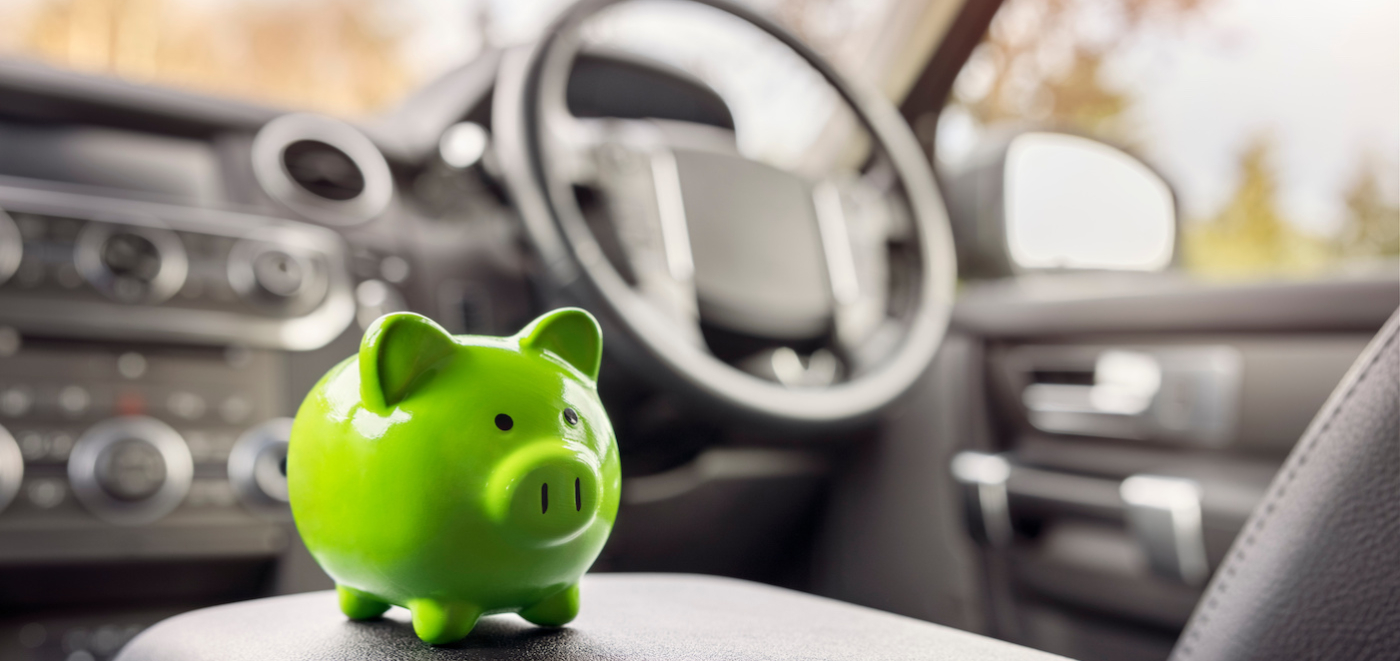What Material Damage Means For An Auto Insurance Policy
.jpg)
When you have been involved in an auto accident, the last thing you need is more stress and confusion. Navigating the complexities of filing a claim while juggling any immediate medical needs, lost work time, disputes from the other party’s insurance company, and more can be enough to send your peace of mind packing. You want your car back in your driveway as quickly as possible, and preferably shining like new, and that is why it is important to ensure a clear understanding of insurance industry terms like “material damage.†This term, simply translated, means that damage to the policyholder’s insured property has occurred. Therefore, the material damage policy should clearly outline for you, the policyholder, what the insurance company is legally obligated to do about it.
When filing a claim that involves property damage, you may become acquainted for the first time with an individual called the material damage adjuster. This individual is in charge of conducting an on-site inspection of the damaged vehicle and making an accurate assessment of damages, which the insurance company will then use as its baseline for making claim payouts.
This is also why it is so important to understand how a property damage claim will be assessed while gathering auto insurance quotes. Be sure to ask your agent to explain in detail exactly how your claim will be handled in the event of damage to insured property. Auto insurance quotes should clearly explain damage coverage benefits, which should include property damage, collision damage, and comprehensive damage. Reputable insurance companies should provide a damage policy that covers full reinstatement of the asset in question – in this case, the automobile – to its original condition prior to the cause of the damage or loss.
Understanding this makes it easier to see how claims can quickly become complex and why the need for a thorough pre-accident understanding of what is actually owed to you, and why a material damage adjuster may be necessary. For instance, if you have had your automobile for five years, you might assume that you are entitled to all brand new parts during a claim repair. The insurance company, on the other hand, may cover only the usage of refurbished parts commensurate with your car’s condition at the time the accident occurred. Outside of the legal need to carry insurance while operating a motor vehicle, the material damage coverage policy is one of the primary reasons why you want and need insurance in the first place. Make sure that any insurance carrier you are considering offers a fair and comprehensive policy with clear procedures to follow for getting reimbursed after an auto incident.
